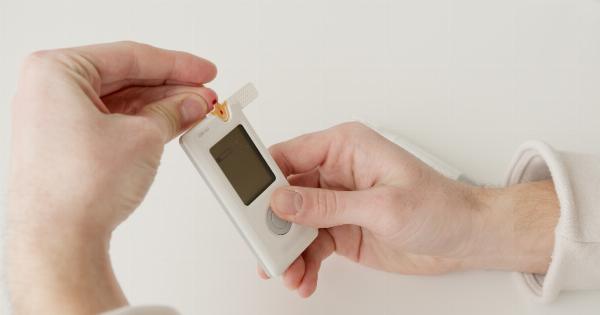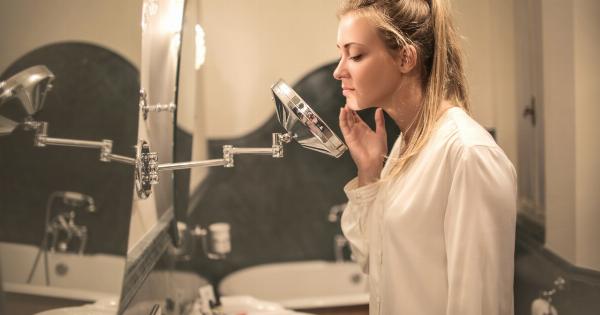As the temperatures rise and the days grow longer, it’s important to shield yourself from the sun’s harmful rays. Sun protection is crucial not only for your skin’s health but also for your overall well-being.
In this article, we will explore the various ways you can shield yourself under the sun and enjoy the summer months without any worry.
Heading 2: Sunscreen – Your Best Friend
One of the most effective ways to protect your skin from the sun is by using sunscreen. Make sure to choose a broad-spectrum sunscreen with a high SPF (Sun Protection Factor).
Apply it generously to all exposed areas of your body at least 30 minutes before stepping out in the sun. Remember to reapply every two hours, especially if you’re swimming or sweating.
Heading 3: Don’t Forget Your Hat
A wide-brimmed hat is not only a stylish accessory but also a great shield against the sun’s rays. It provides shade for your face, neck, and shoulders, reducing your overall exposure to harmful UV radiation.
Opt for a hat with a brim that is at least three inches wide for maximum protection.
Heading 4: Sunglasses for Eye Protection
Many people overlook the importance of protecting their eyes from the sun. Prolonged exposure to UV rays can lead to cataracts and other eye conditions. When choosing sunglasses, make sure they block 100% of UVA and UVB rays.
Wrap-around styles provide better coverage and protection for your delicate eye area.
Heading 5: Seek Shade during Peak Hours
The sun’s rays are strongest between 10 am and 4 pm. If possible, limit your outdoor activities during these peak hours. If you do need to be outside, seek shade whenever possible.
Stay under the shade of trees, use umbrellas, or create your own shade with a beach tent or a canopy. Taking breaks from direct sunlight can significantly reduce your UV exposure.
Heading 6: Clothing as a Barrier
Another effective way to shield yourself under the sun is by wearing protective clothing. Choose garments made from tightly woven fabrics that cover as much skin as possible.
Long-sleeved shirts, long pants, and skirts offer better protection than short-sleeved shirts or shorts. Don’t forget to protect your head and neck with a lightweight scarf or a bandana.
Heading 7: Stay Hydrated
Protecting your skin from the sun also involves taking care of it from within. Drink plenty of water throughout the day to stay hydrated. When you’re properly hydrated, your skin is better able to handle sun exposure and repair any damage.
Aim for at least eight glasses of water per day, especially on hot and sunny days.
Heading 8: Be Mindful at Higher Altitudes and Near Water
If you’re planning outdoor activities at higher altitudes or near water bodies, take extra precautions. The sun’s rays are more intense in these environments due to the reflective surfaces.
Apply sunscreen more frequently and consider wearing protective clothing, a hat, and sunglasses to shield yourself effectively.
Heading 9: Encourage Sun Safety Measures for Children
Children are more susceptible to the harmful effects of the sun as their skin is more delicate. Teach them sun safety measures from a young age and lead by example.
Apply sunscreen regularly on them, dress them in sun-protective clothing, and limit their sun exposure during peak hours. Encourage them to wear hats and sunglasses to establish a healthy sun protection routine.
Heading 10: Don’t Forget Your Lips
While we often focus on protecting our skin, our lips need attention too. Lips lack melanin, making them more vulnerable to sunburn and damage.
Apply a lip balm with SPF regularly to keep your lips moisturized and shielded from the sun’s harmful rays. Look for a lip balm that offers broad-spectrum protection.



























